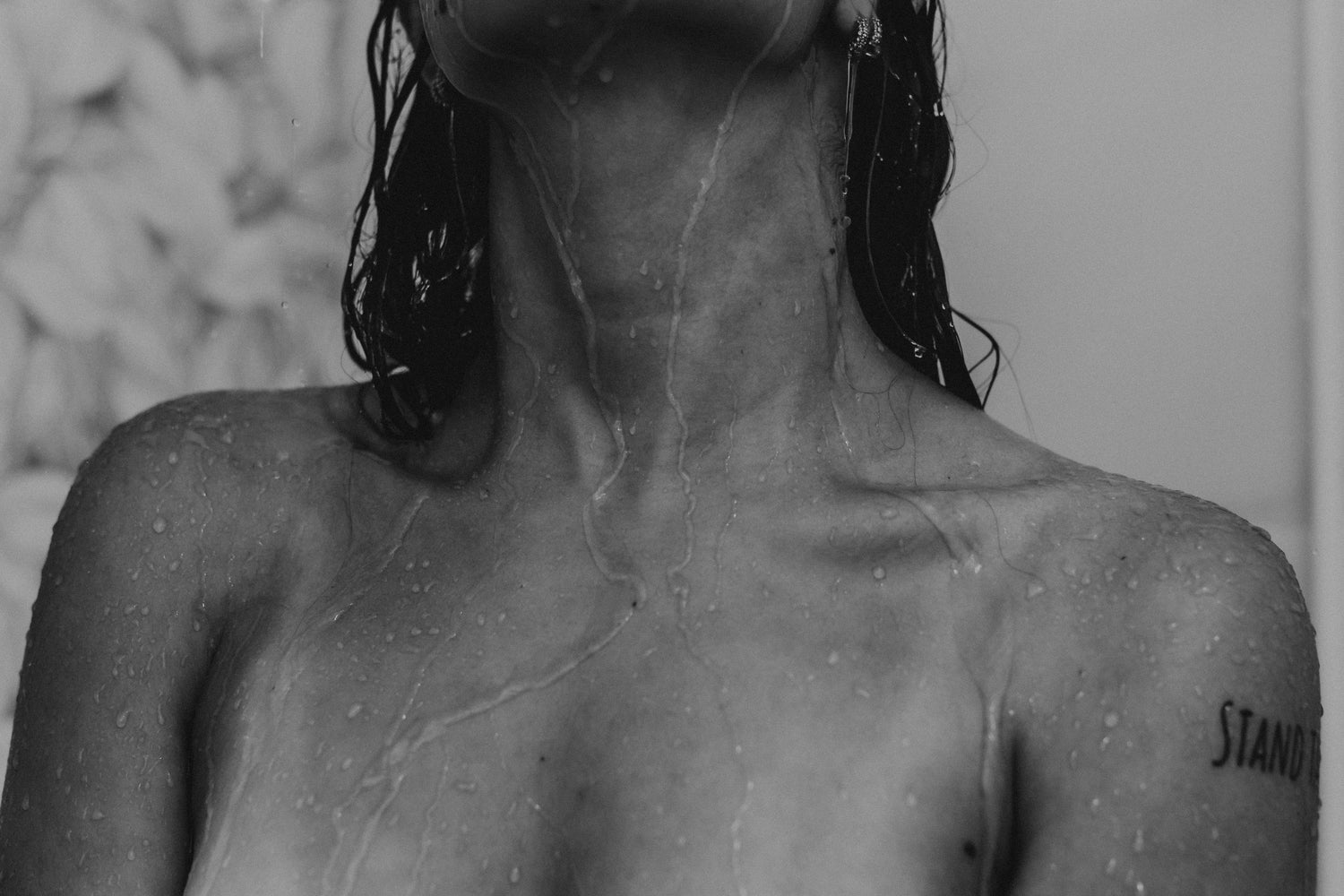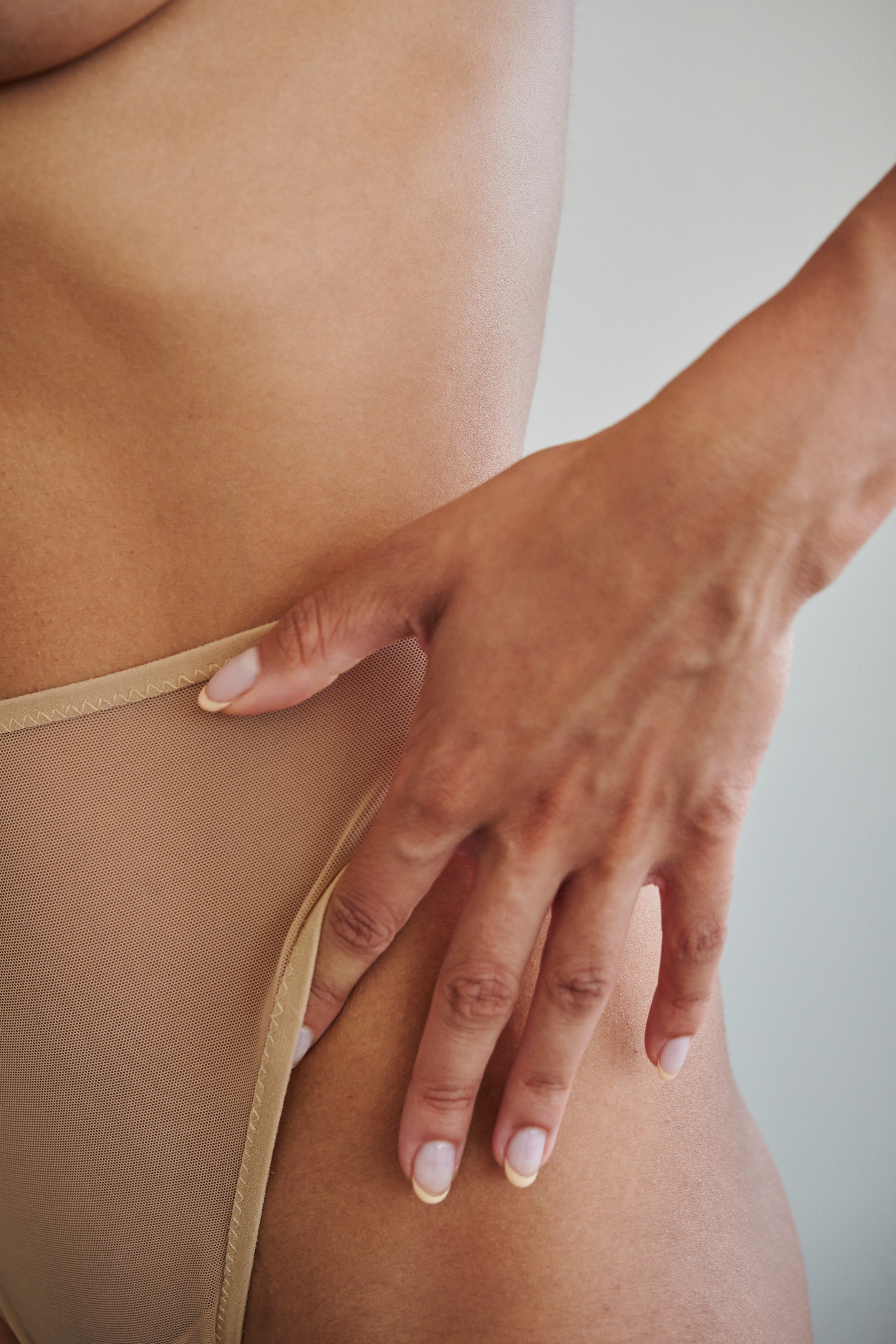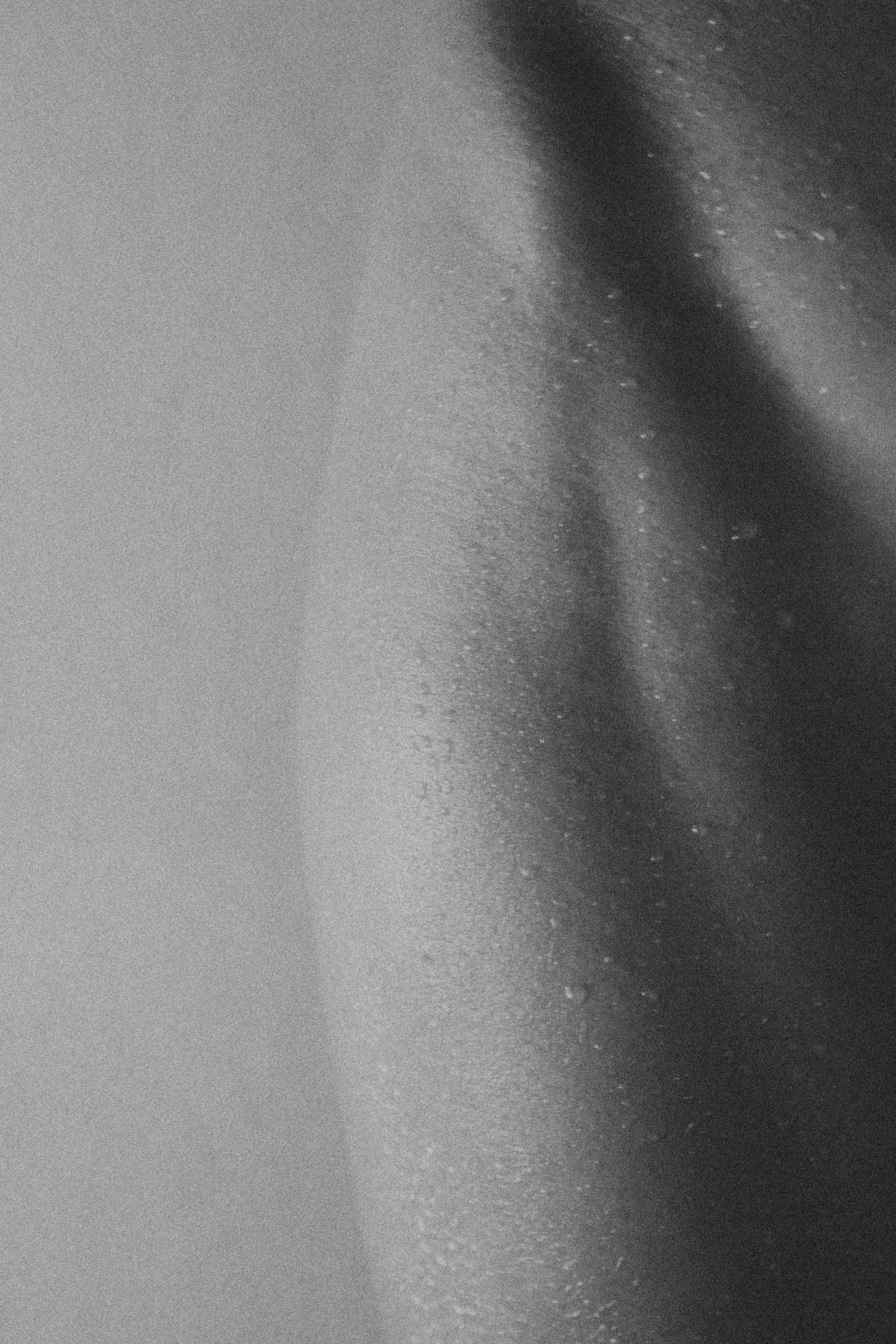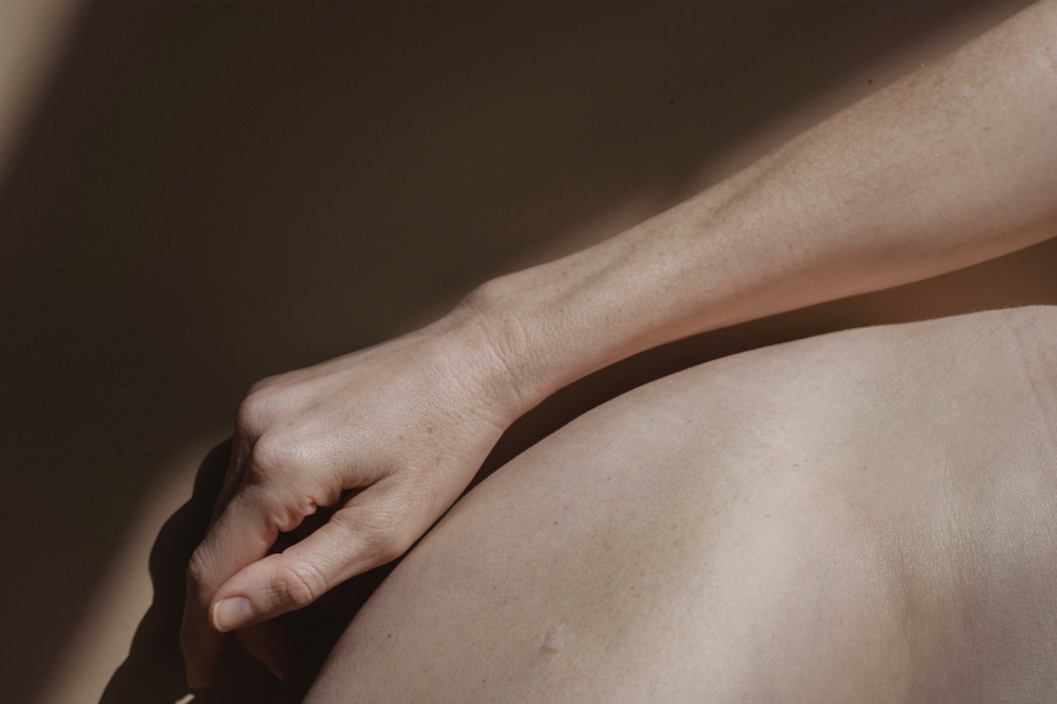Under the rise of excitement, the woman will generally secrete through different glands and pores a liquid fluid is clear.
There are two sources of female lubrication, that of the vulva and that of the vagina.
External lubrication comes from the Bartholin's and Skène's glands located in the vulva; two above (Skène), two below (Bartholin). Their roles are to protect sensitive areas from friction and facilitate intromission. These glands will intermittently lubricate the vestibule located between the two labia minora with a liquid called love juice.
The internal lubrication is the most abundant, it allows to protect the vaginal walls, and to avoid irritations during a possible penetration. It's a kind of sweating of the mucous membrane!
During vaso-congestion (phase through which the numerous vessels in the tissues become engorged with blood in the pelvic region), the lining of the vagina will filter the blood and release a fluid containing perspiration from the vaginal vessels and the mucus of the cervix of the uterus.
It is mainly in the anterior part of the vagina (the belly) composed of the venous plexus, a very reactive organ, that the pores allow the vaginal lubrication to pass. It is important to note that the 2 types of lubrication are not interdependent! Some women may have excellent vulvar lubrication and suffer from vaginal dryness. And vice versa.
For the anal mucosa , unlike the vagina, this does not provide natural lubrication that could be described as “immediate”. Yet it is an extremely delicate and highly erogenous place. Anal lubrication occurs many minutes after the first stimulation by the exocrine glands when the cells of the rectal epithelium begin to transude plasma which, under the effect of excitation, allows strong vascularization of the area.
Be careful, without the use of an anal lubricant adapted to this practice, anal penetration may be less easy and cause microlesions that can create discomfort and allow viruses and microbes to pass through.






